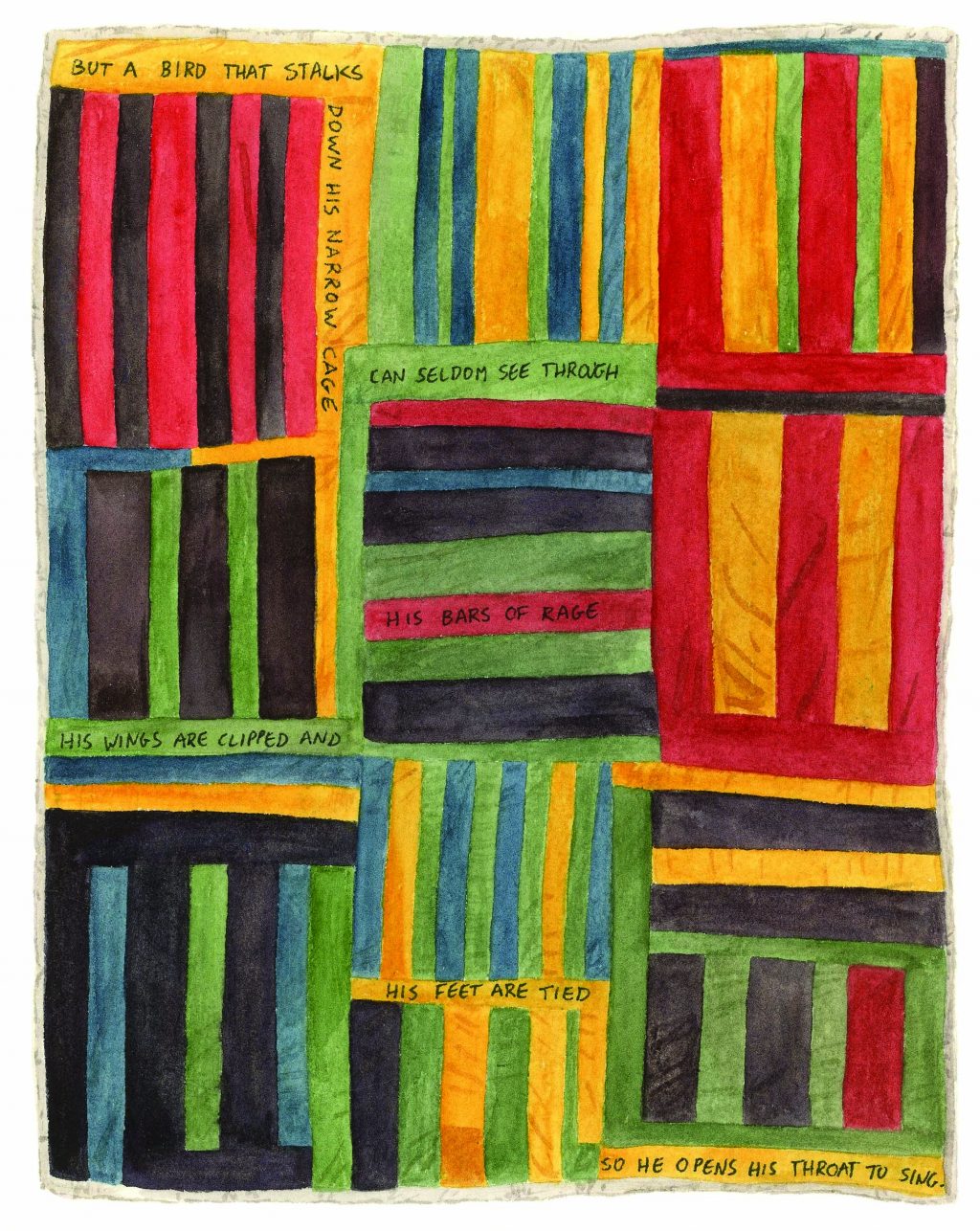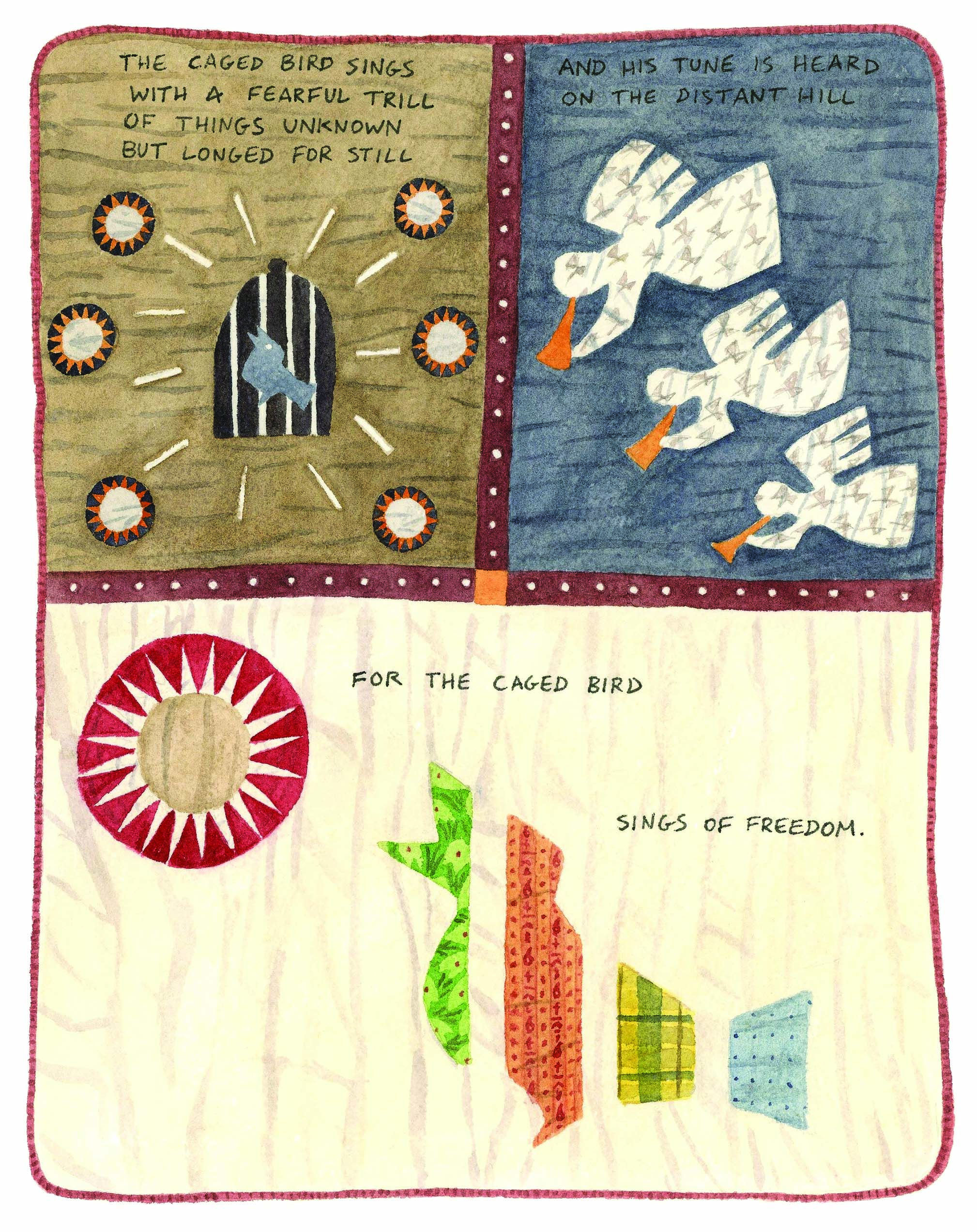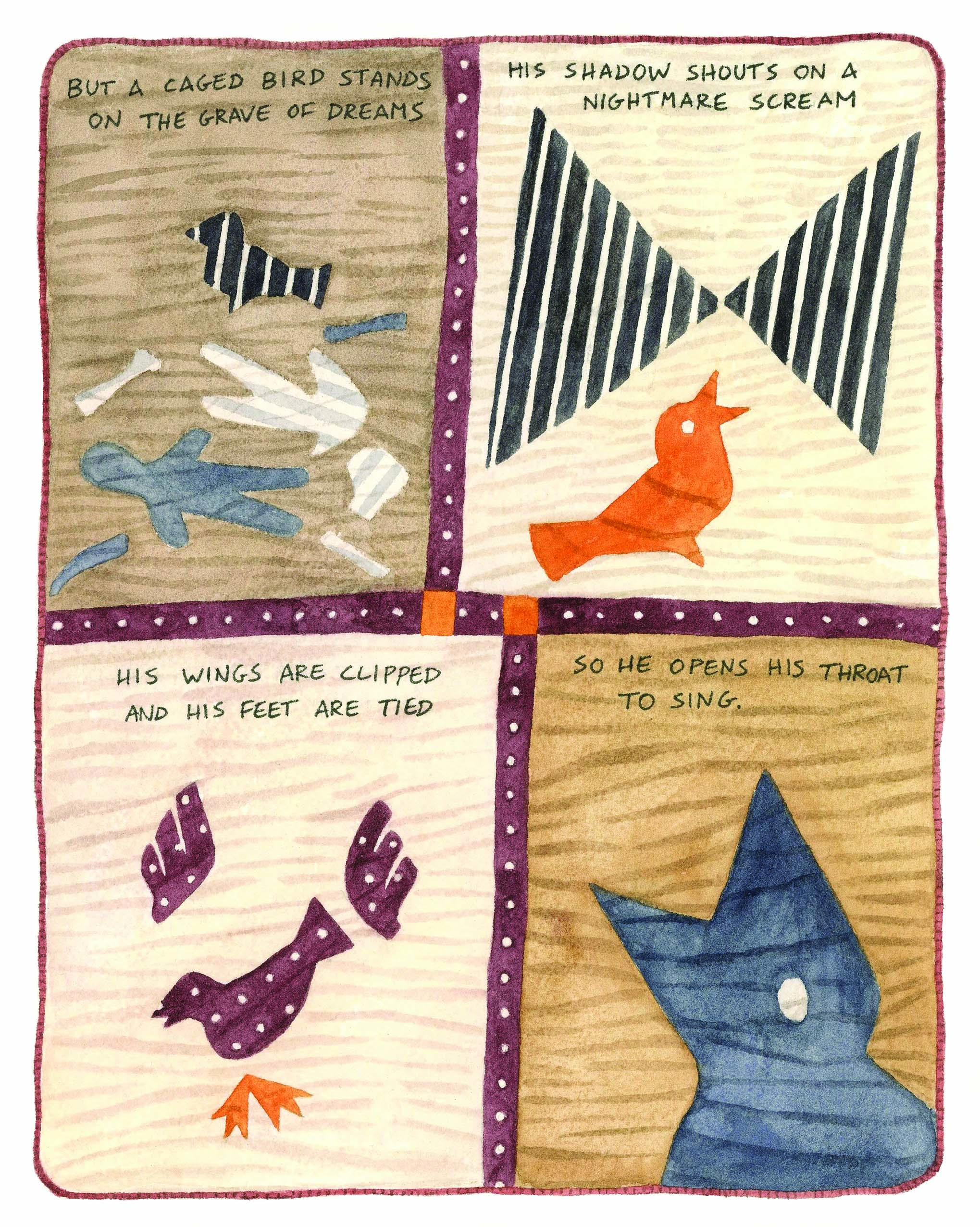Poetry Takes on New Life in the Comics of Illustrator Julian Peters
Julian Peters marries modern visual art with classic literature in his debut graphic novel, “Poems To See By.”

A fascination with Arthur Rimbaud, a French poet-turned-arms dealer, rekindled Julian Peters’ love for drawing comics and then combining his illustrations with poetry.
“With poetry, the rhythm is created by the kind of lengths of the words, the syllables and where you choose to break the lines. — Julian Peters, artist
“He was this teenage poet who stopped writing poetry at the age of 20 and went on to have this really adventurous life, so I thought he’d be a good character for a comic,” Peters, a Montreal-based comic book artist recalls. “I thought it’d be interesting to do a comic of Rimbaud in the style of a[n] [Adventures of] TinTin comic and that’s what gave me the idea of bringing poetry and comics together.”
In his debut book, “Poems To See By: A Comic Artist Interprets Great Poetry, he cleverly illustrates 24 poems by classic poets. Among them are the works of Emily Dickinson, Langston Hughes, e.e. Cummings, and Maya Angelou.
Listen: Julian Peters on the art of comics and poetry.
Using a variety of graphic styles to touch on themes that range from empathy and identity to nature, creativity, and mortality, “Poems To See By” has a lyrical tone and visual interpretation which offers a lively rhythm – an aspect Peters says is fundamental in the art form of both comics and poetry.
“In comics, you’re telling a story and you can have silent panels in between to pause the reading experience or you can lengthen it at times with many panels to describe one action [and] that changes the kind of rhythm you experience in the story,” he says.
That rhythm and flow come across in his adaptation of Maya Angelou’s beloved, poem, “Caged Bird”, which visually pays homage to the storytelling quilt making of Harriet Powers‘, a former slave who created detailed story quilts at the end of the 19th century; and the storied craftsmanship by the women of Gee’s Bend, Alabama, who have created abstract quilts from the early twentieth century to the present.
“There was something about the resilience that these quilts spoke to of the African American community, that I wanted to tap into,” Peters says. “Also, when I look at carpet or abstract patterns, I like to imagine landscapes and maps or sceneries within them and it’s interesting when you superimpose words over different parts of an abstract design, you can start to sort of suggest that maybe this abstract line of blue can be a sky or river. Or these vertical lines can be a cage.”
Trusted, accurate, up-to-date
WDET is here to keep you informed on essential information, news and resources related to COVID-19.
This is a stressful, insecure time for many. So it’s more important than ever for you, our listeners and readers, who are able to donate to keep supporting WDET’s mission. Please make a gift today.


